Are you looking for a healthy and delicious substitute for edamame in your meals? Look no further!
Edamame has become increasingly popular as an on-the-go snack or part of a balanced meal, but it can be hard to find, expensive, and not always available.
We are here to provide you with some great alternatives that won’t break the bank or require searching high and low for special ingredients.
Keep reading to learn about the tasty substitute for edamame that make eating healthy easy and enjoyable.
What Is Edamame?
Edamame is a green vegetable of the legume family and is a popular snack in Japan.
It consists of immature soybeans that are boiled or steamed in their pods and usually served salted.
They can be found fresh, frozen, or dried and have become increasingly popular in other countries due to their nutty flavor and high nutritional value.
Edamame contains a range of essential vitamins, minerals, antioxidants, fiber, and protein; making it an excellent part of a healthy diet.
It is also low in fat and cholesterol-free – making it especially beneficial for those with cardiovascular diseases.
In addition to its health benefits, edamame has been used as an ingredient in many different dishes throughout Asia such as sushi rolls, stir-fries, salads, and soups.
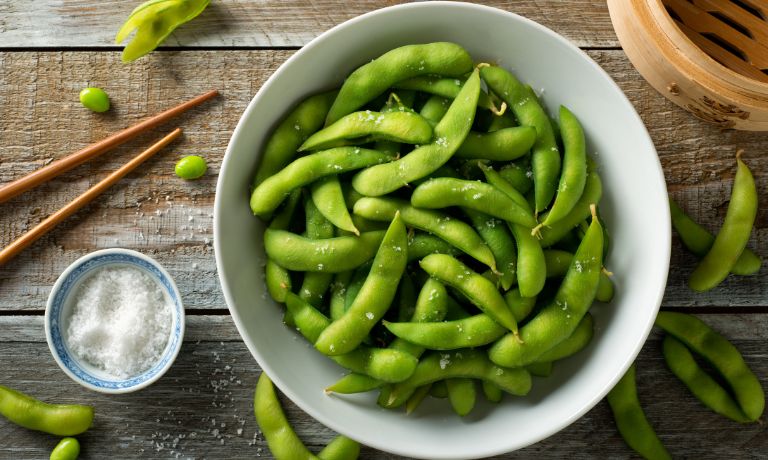
Substitutes For Edamame
Edamame is a widely popular snack in Japan and other Asian countries, but finding fresh edamame pods can be tricky.
Fortunately, there are plenty of great alternatives for this delicious legume that you can enjoy just as much!
Whether you’re looking for something similar in nutrition or flavor, here are a few substitute options for edamame to have your next meal.
Sugar Snap Peas
Sugar snap peas are an excellent substitute for edamame because of their sweet flavor and crunchy texture.
They contain as much protein as edamame, but more vitamins A and C.
Additionally, sugar snap peas have a higher fiber content than edamame, making them more filling and satisfying.
Plus, they’re easy to prepare – just rinse them off and steam or sauté.
Sugar snap peas are a great addition to salads or stir-fries.
They can also be tossed into soups or used as a side dish with your favorite entrée.
With their bright color and crisp texture, they make any meal look and taste great!
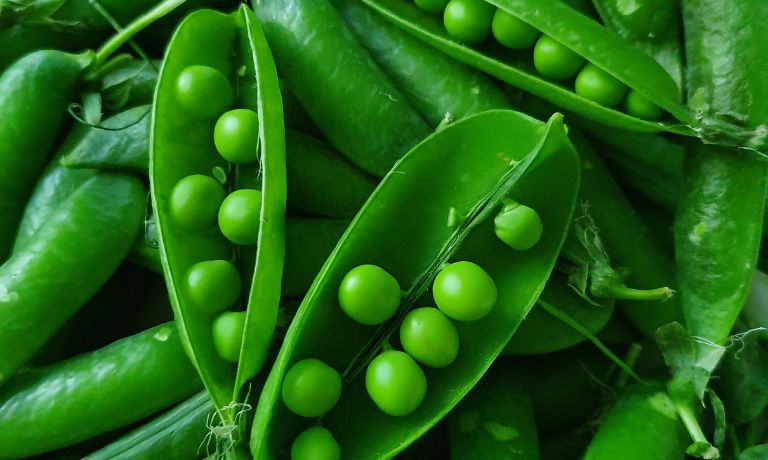
Mukimames
Mukimames are a fun twist on edamame. They look and taste similar to regular edamame but with a unique texture.
Mukimames are much firmer than standard edamame, making them perfect for salads, soups or as a snack.
Plus, they contain the same nutrients found in edamame such as fiber, protein and vitamins A and C.
Another advantage of mukimames is that they don’t need to be cooked before eating like traditional edamame – all you have to do is rinse them off!
This makes them an ideal choice for busy people who want a quick and healthy snack or meal.
Chickpeas
Another popular substitute for edamame is chickpeas.
While not as nutritionally dense as sugar snap peas or edamame, chickpeas still provide a great source of protein while being low in fat content and high in dietary fiber.
Chickpeas also offer a good amount of folate, magnesium, and potassium, as well as being a vegan-friendly and gluten-free option.
Chickpeas can be prepared in many ways, making them a versatile addition to any meal.
Try roasting them in the oven with your favorite spices as a crunchy snack, adding them to salads or soups for added protein and fiber, or pureeing them into hummus for a delicious dip or spread.

Lentils
If you’re looking for a high-fiber substitute for edamame, then look no further than lentils.
A cup of cooked lentils contains 16 grams of dietary fiber – that’s more than double the amount found in edamame!
Lentils are also rich in protein and provide important nutrients such as iron, zinc, magnesium, and folate.
Plus they have no cholesterol or saturated fat and very little sodium.
Lentils can be used in a variety of dishes such as salads, soups, stews, and casseroles.
They also make a great addition to veggie burgers or as a side dish with your favorite entrée.
Plus, lentils are an excellent choice for busy people since they cook quickly and easily.

Fava Beans
Fava beans, also known as broad beans, are an excellent substitute for edamame.
These large, bean-shaped legumes pack a punch when it comes to nutritional content.
They’re rich in proteins and dietary fiber while being low in fat and cholesterol or saturated fat.
Plus, they contain more calcium than edamame – making them a great choice for vegetarians and vegans alike!
Fava beans can be added to salads, soups or stews. Or you can use them in place of edamame in any recipe that calls for the latter.
Fava beans have a nutty flavor that pairs well with other ingredients such as garlic, olive oil and lemon juice – making them perfect for a variety of dishes.
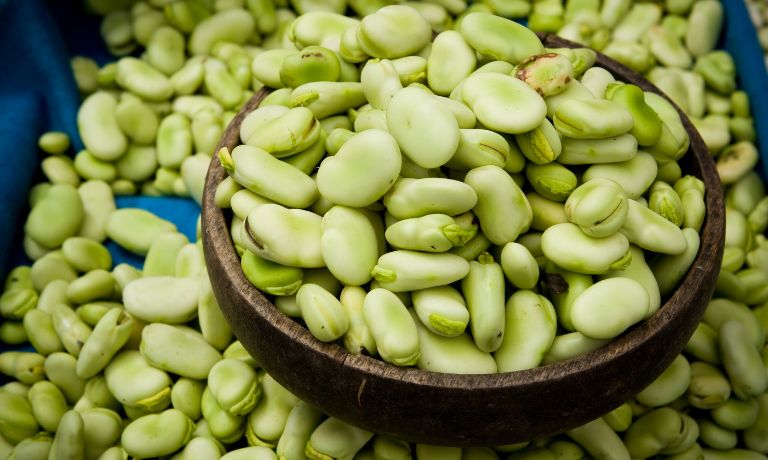
Garbanzo Beans
Edamame is a popular choice for those looking to add protein-rich and fiber-filled legumes to their diet.
However, garbanzo beans are great substitutes that bring even more nutritional benefits to the table.
They are low in fat and sodium, have fewer calories than edamame, and come packed with plant-based protein and dietary fiber.
Garbanzo beans can be used in many different recipes such as hummus, soups, salads, veggie burgers, falafel wraps or rice dishes.
You can even use them in baking by substituting other ingredients like butter or oil for pureed garbanzo beans!
Not only are they incredibly versatile but they are also rich in nutrients like folate, magnesium and potassium.
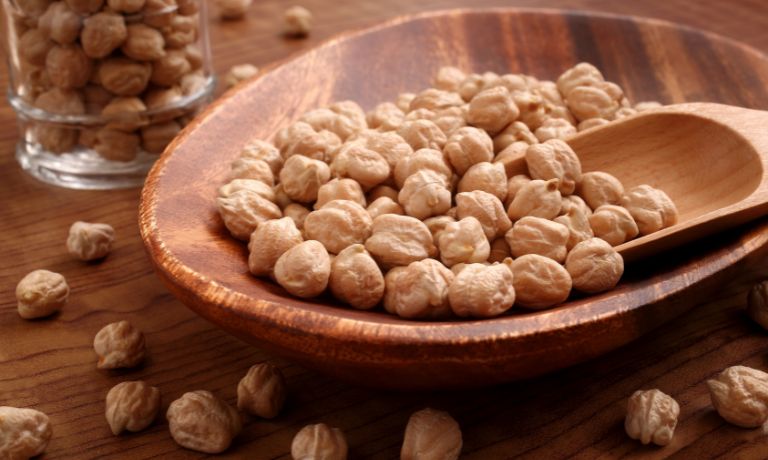
Green Beans
Green beans are a great substitute for edamame if you’re looking to add more vitamins and minerals to your diet.
They are high in dietary fiber, vitamins A and C, folate, potassium, iron and zinc – making them an excellent choice for vegetarians and vegans alike!
Plus they are low in fat content while being rich in proteins.
Green beans can be served steamed or boiled as a side dish. You can also use them raw in salads or cooked into soups or stews.
Roasting them with your favorite herbs and spices for a crunchy snack is sure to please the whole family.
Try them out today for a nutritious and tasty alternative to edamame!
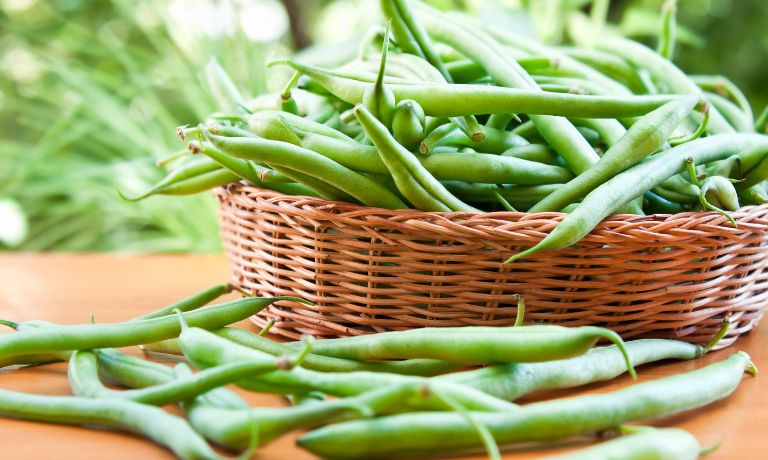
FAQs
Do Substitutes For Edamame Contain Any Allergens?
Note that all bean products, including edamame and its substitutes, may contain allergens such as soy or peanuts depending on the type of beans used.
Be sure to double-check labels when purchasing these items in order to identify possible allergies.
If you are allergic to any common food allergens, it’s best to avoid consuming these products altogether.
If you have a specific allergy, please consult your doctor prior to trying any of the substitutes mentioned above.
Does Cooking Time Differ Between Edamame And Its Substitutes?
Yes! The cooking time differs slightly depending on which substitute you choose.
Fava beans should be cooked for around 15 minutes, garbanzo beans for 20-30 minutes, and green beans for 40-45 minutes in order to achieve the desired tenderness.
Additionally, green beans should be cooked longer than edamame in order to soften and break down the tough skins.
Be sure to check on these ingredients often during the cooking time and adjust accordingly.
What Should I Look For When Choosing A Substitute For Edamame?
When selecting a substitute for edamame, there are several factors to consider.
First, check the labels of any bean product you purchase to make sure it does not contain any allergens such as soy or peanuts.
Additionally, think about the flavor and texture you want in your dish and how long you have to cook the ingredients – some substitutes require longer cooking times than others.
Finally, consider which nutrients are most important to you and select a substitute that will provide those benefits.
Conclusion
In conclusion, when looking for a substitute for edamame in a recipe or dish, remember to consider texture, taste, nutritional content and cost.
Peas may not provide the same subtle sweetness of edamame, but they are creamy and sweet and offer many health benefits.
If trying something new isn’t your thing, chickpeas are always a satisfying option that brings a unique flavor to many dishes.
Ultimately, the best substitute for edamame that works best with any dish depends on personal preferences and dietary needs.
Making mindful food decisions can help you reach your health goals while spicing up meals at home.
So go ahead and experiment with different substitutions so that you can get the most out of your recipes. Happy cooking!

